- Home
- slideshows
- miscellaneous
- Vintage EPA photos reveal what US waterways looked like before pollution was regulated
Vintage EPA photos reveal what US waterways looked like before pollution was regulated
The Cuyahoga river, which flows through Cleveland, was once one of the most polluted in the country, with nearly black water because of oil pollution.

Its banks were rimmed with abandoned cars in some areas.
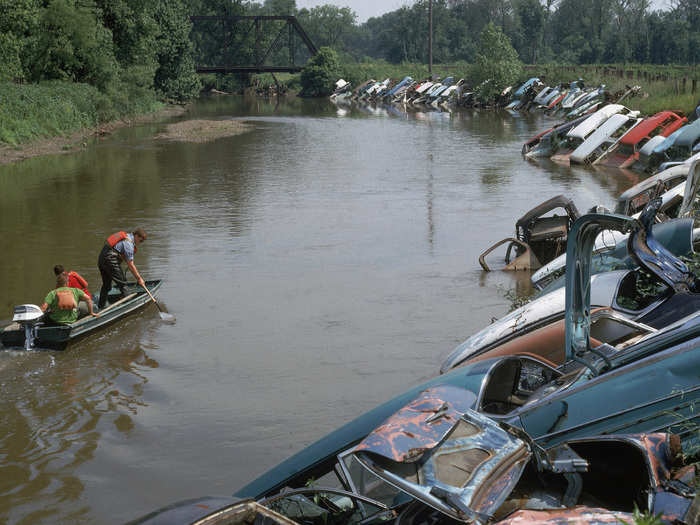
Then for 20 minutes on June 22, 1969, the Cuyahoga became a fiery inferno.
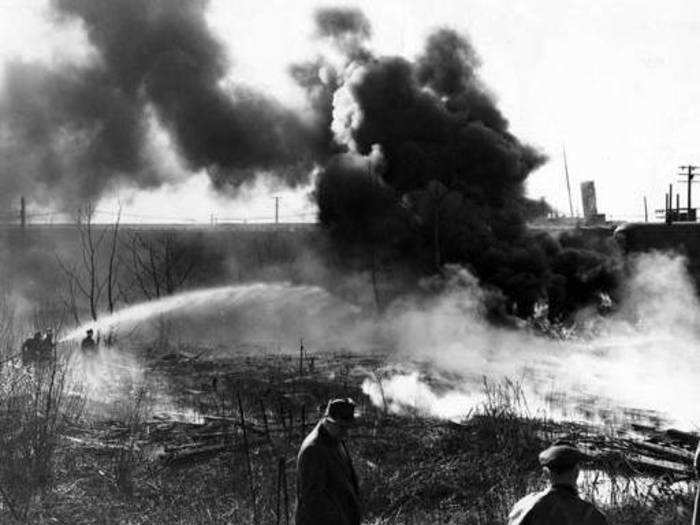
No one knows for sure what started the blaze, but it's possible that sparks from a passing train lit the oil in the water on fire.
The EPA's Clean Water Act now prohibits companies from contaminating waterways.
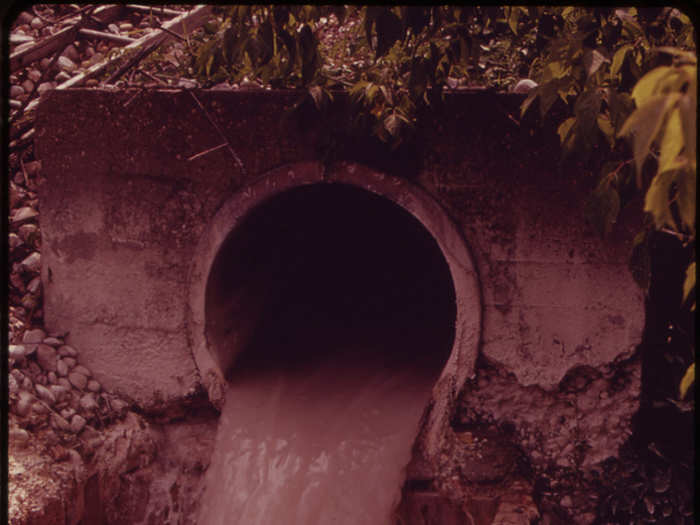
But before the law was enacted in 1972, factories often released untreated wastewater into nearby waters.

Rivers that flowed through industrial areas, like the Androscoggin in Maine, wound up functioning as dumping grounds.
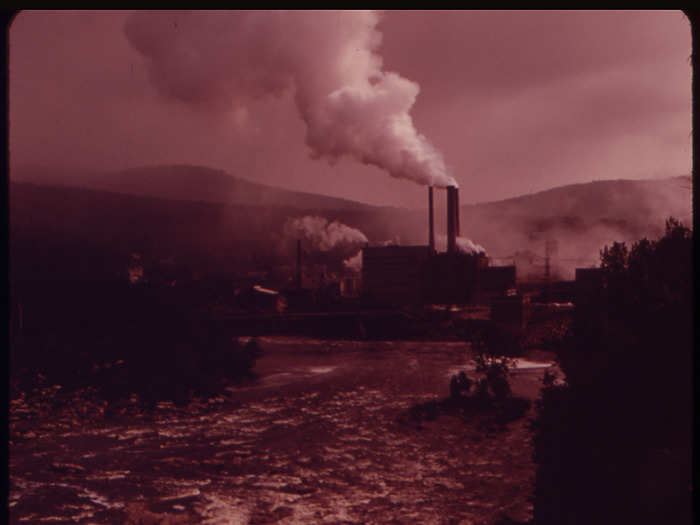
Liquid waste, called effluent, choked waterways across the country.
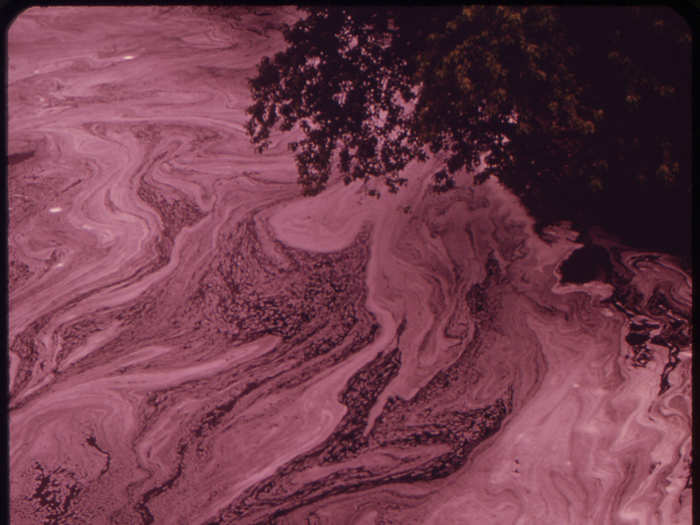
The Anacostia river — which flows between Maryland and Washington DC — took on a brown color due to sewage and other pollutants.
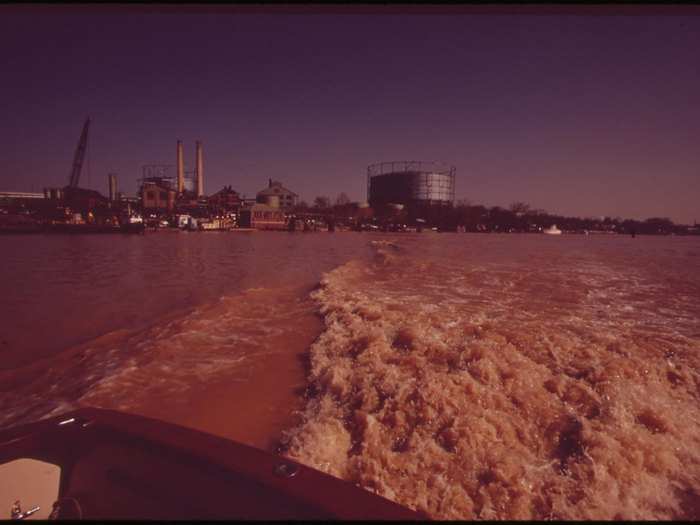
In addition to industrial waste, oil spills also polluted many waterways. In October 1972, 285,000 gallons of crude oil flowed into the San Juan river in southeastern Utah.
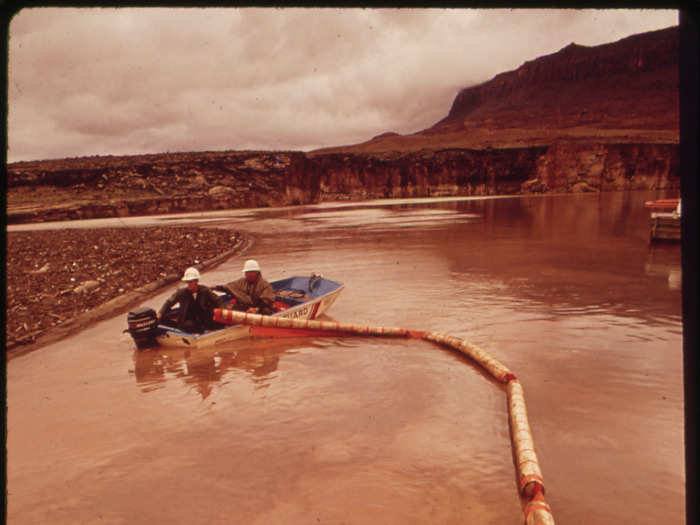
Even river off-shoots, like this stream outside Telluride, Colorado, were murky.
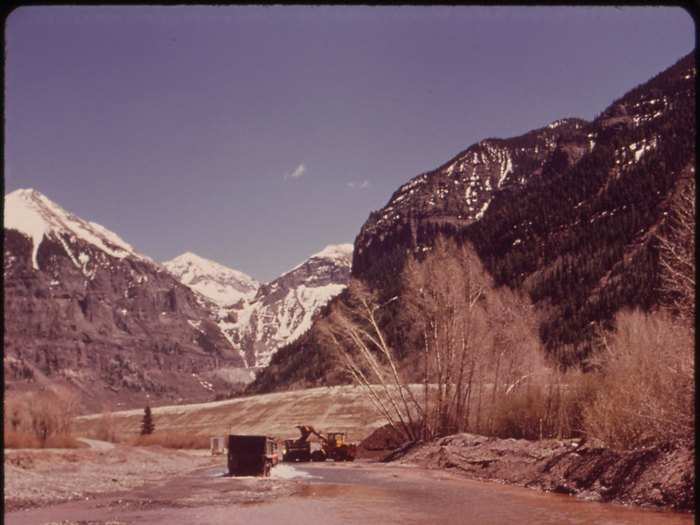
Sometimes waterways and lakes would turn a hazy green color due to colonies of algae on the surface.
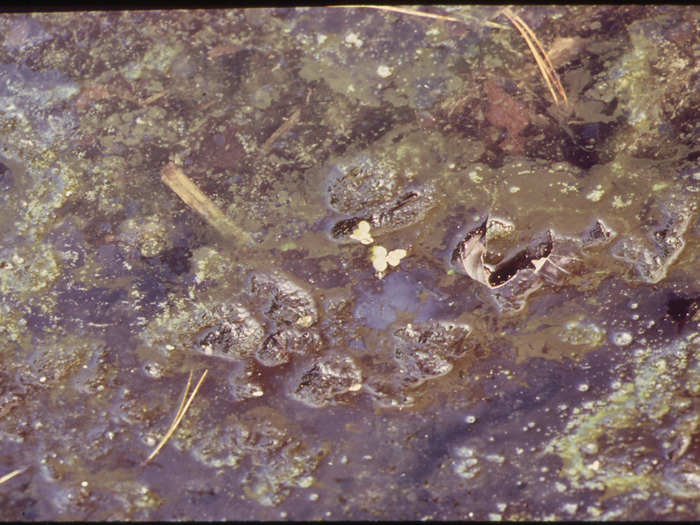
Algal blooms can wreak havoc on local ecosystems, killing flora and fauna.
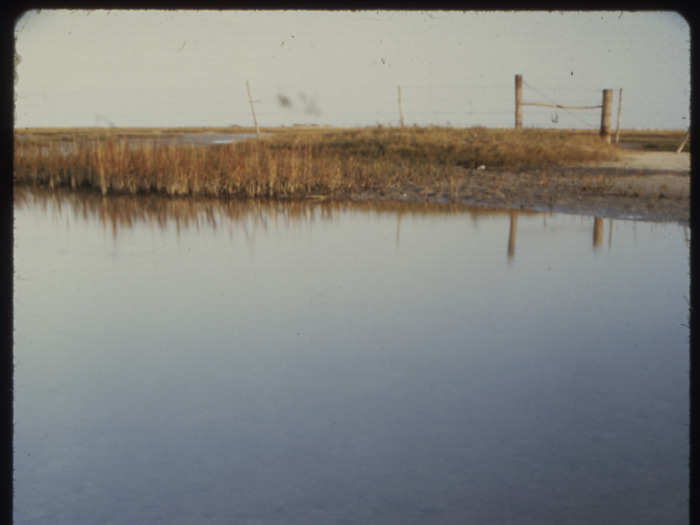
US territories like Puerto Rico also struggled with pollution in the years leading up to and following the EPA's inception.
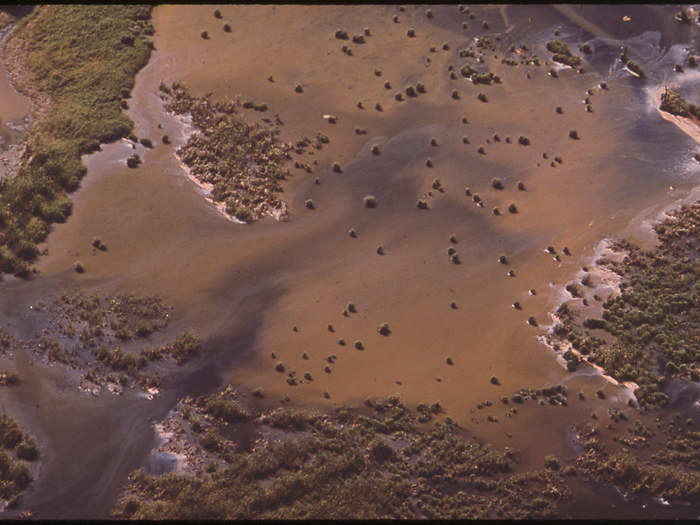
Puerto Rico's beaches were strewn with plastic and garbage in the early 1970s.
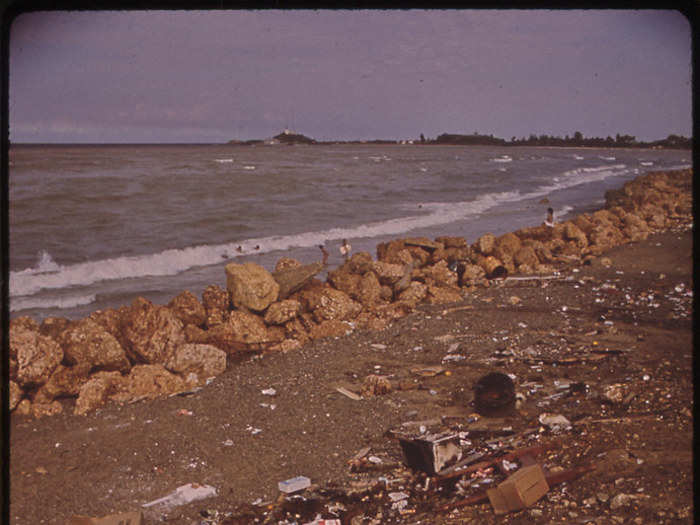
The practice of dumping waste into local rivers caused some water sources to so contaminated that they were unsafe for human consumption.
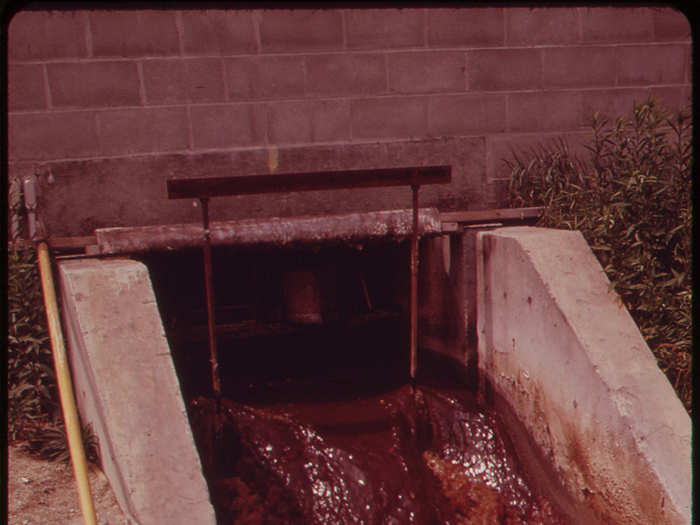
In some areas, the pollution was so bad that it prevented local residents from swimming in or drinking fresh water near their homes.
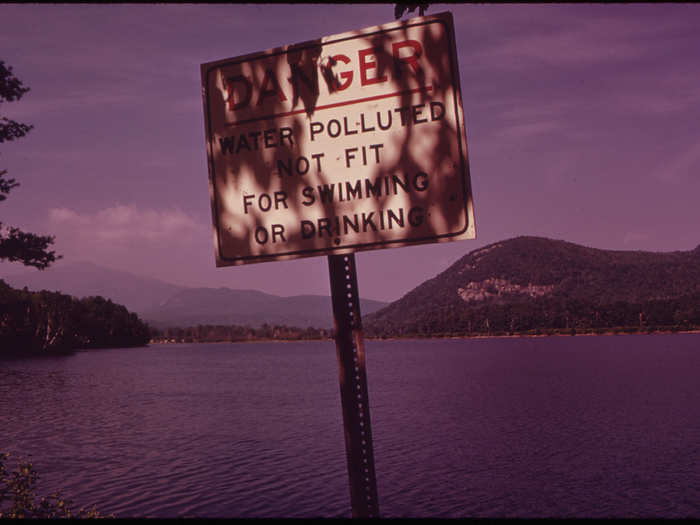
In its first year, the EPA referred 152 pollution cases — most of them water-related — to the Department of Justice for prosecution.
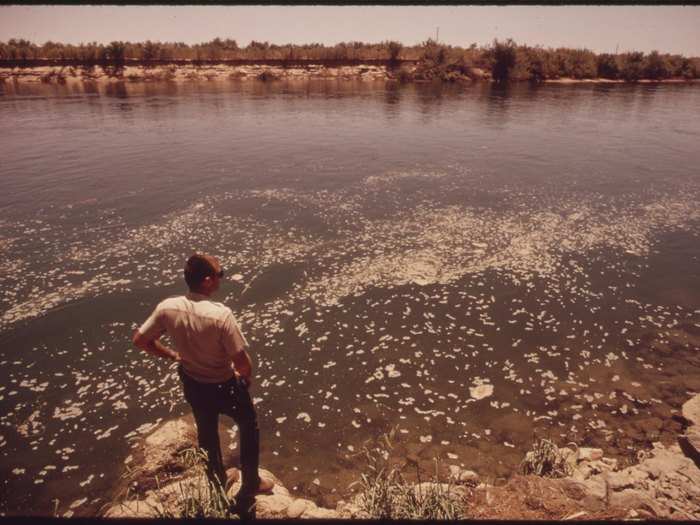
Source: EPA Archive
In 1973, Ohio resident Mary Workman filed a lawsuit against the Hanna Coal company, accusing it of polluting her drinking water. She holds a jar of dark-colored water from her well in this photo.
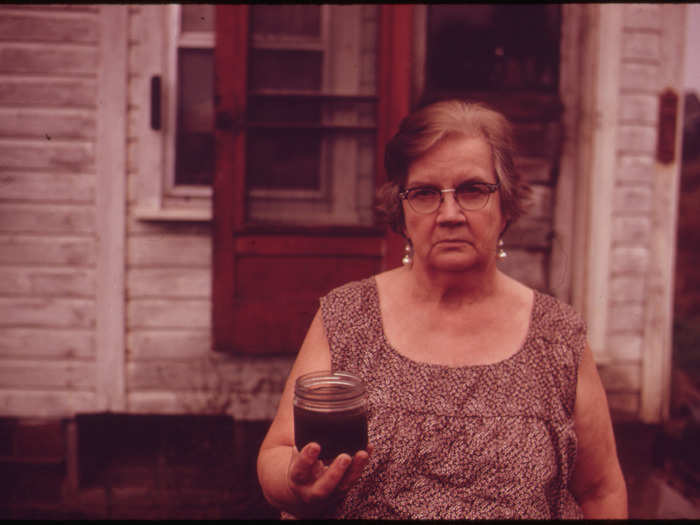
Urban areas like New York struggled with illegal garbage dumping in local waterways, in addition to industrial waste and oil pollution.
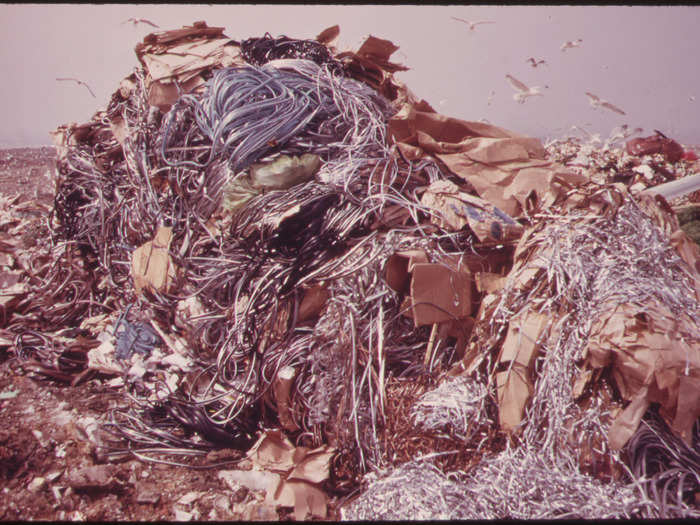
In the first six months of 1973, more than 300 oil spills from ships and tankers occurred in the Atlantic Ocean around the New York City area.

More than 800 oil spills happened throughout the larger mid-Atlantic region during the same time period, according to a 1973 Coast Guard survey.
New York City didn't stop discarding sewage into the ocean until 1992.
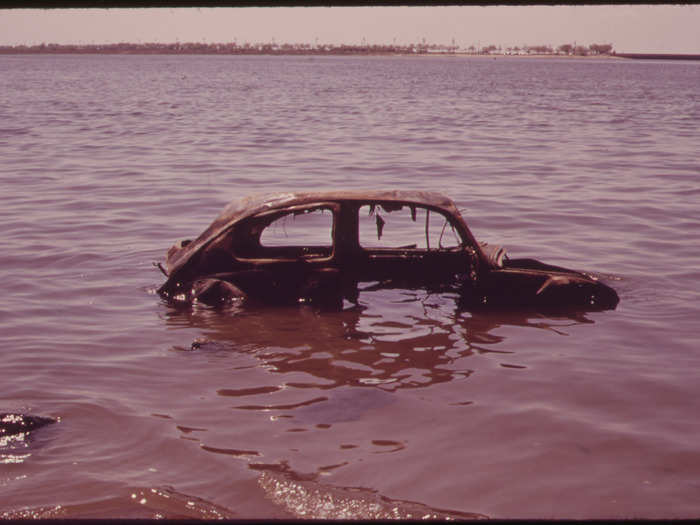
Today, the EPA regulates pollution from landfills and auto salvage yards, but illegal dumping still happens.
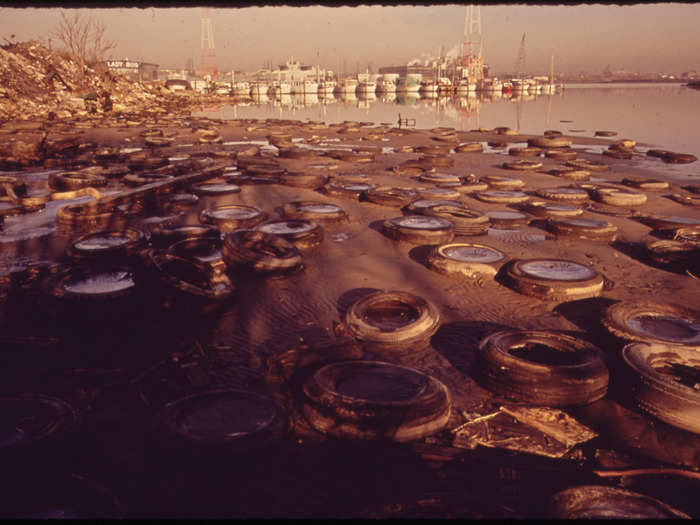
When President Richard Nixon proposed creating the EPA in 1970, he said: "The price tag on pollution control is high. Through our years of past carelessness we incurred a debt to nature, and now that debt is being called."
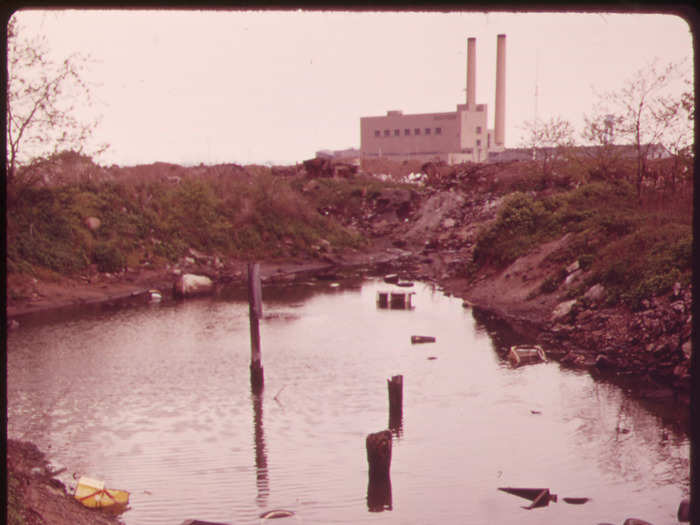
After the 1969 Cuyahoga River fire, the water remained polluted for decades. In this 1973 photo, the water's discoloration is a result of sewage. But the EPA recently announced that people can finally safely eat fish caught on the river between Gorge Dam and Lake Erie.

"We still think of air as free," Nixon said in his 1970 State of the Union address. "But clean air is not free, and neither is clean water."
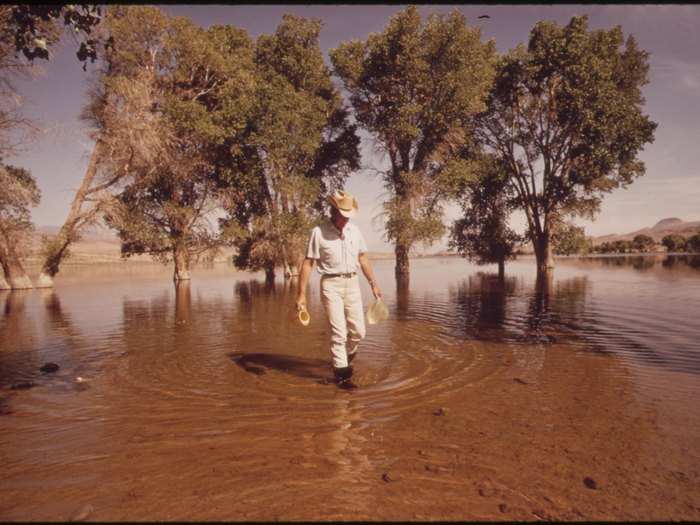
Popular Right Now
Popular Keywords
Advertisement